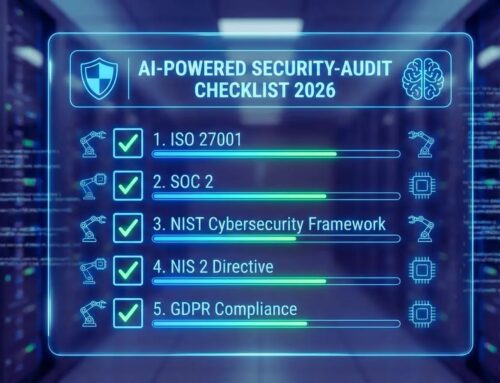
Imunify AI-Bolit Vulnerability Let Execute Arbitrary Code and Escalate Privileges to Root
A critical vulnerability within the Imunify AI-Bolit component recently sent shivers down the spines of server administrators worldwide. This wasn’t merely a minor flaw; it was a severe security gap that could enable attackers to execute arbitrary code and potentially escalate their privileges to root level on affected servers. Such a scenario represents a complete compromise of a system, giving adversaries full control over the server and any data it hosts.
Understanding the AI-Bolit Vulnerability
ImunifyAI-Bolit is a cornerstone of server security, designed to scan for and remove malicious code. The irony of a security tool harboring such a critical vulnerability is not lost on the cybersecurity community. The specific details of the exploit itself have not been fully disclosed to prevent further attacks, but the impact is clear: a successful exploit could pave the way for arbitrary code execution. This means an attacker could run any command they wish on the compromised server. What makes this vulnerability particularly alarming is its potential for privilege escalation, allowing an attacker to move from a standard user account to the all-powerful root user. Root access grants an attacker unrestricted control over the operating system, allowing them to install malware, steal data, alter system configurations, or even wipe the server entirely.
Imunify’s Swift Response and Patch Deployment
Recognizing the severity of the flaw, Imunify acted decisively. A patch addressing this critical vulnerability was released on October 23, 2025. Crucially, Imunify products are designed for automatic updates, and the company has confirmed that the majority of affected servers have already received this vital security fix. This rapid response and widespread, automatic deployment have significantly mitigated the potential impact of the vulnerability.
As of now, there are no public reports of this specific Imunify AI-Bolit vulnerability being actively exploited by malicious actors. This suggests that the swift patching efforts were effective in closing the window of opportunity for attackers before widespread exploitation could occur.
Identifying the Vulnerability and Remediation Actions
While Imunify’s automatic updates have likely resolved this issue for most users, it is always prudent to verify the status of your servers and ensure all security measures are up-to-date. Proactive security practices are paramount.
Remediation Actions:
- Verify Imunify Update Status: Confirm that your Imunify products are configured for automatic updates and that the latest patches have been successfully applied. Check the Imunify dashboard or logs for update history.
- Manual Update (If Necessary): If your system is not set for automatic updates or you suspect an issue, manually trigger an update for your Imunify products immediately. Refer to Imunify’s official documentation for specific commands or steps.
- Regular Security Audits: Conduct routine security audits and vulnerability scans on your servers to identify and address any other potential weaknesses.
- Implement Least Privilege: Ensure that all services and users operate with the minimum necessary privileges to perform their functions. This limits the damage an attacker can do even if they manage to compromise an account.
- Monitor Logs: Continuously monitor server logs for any unusual activity, suspicious logins, or unauthorized file modifications that could indicate a compromise.
Tools for Detection and Mitigation
While the patch addresses the core vulnerability, a robust security posture relies on a multi-layered approach. Here are some general tools that can assist in maintaining server security and detecting potential issues:
| Tool Name | Purpose | Link |
|---|---|---|
| Imunify360 | Comprehensive multi-layer security for Linux servers, including WAF, antivirus, and exploit prevention. | https://www.imunify360.com/ |
| ClamAV | Open-source antivirus engine for detecting trojans, viruses, malware, and other malicious threats. | https://www.clamav.net/ |
| Lynis | Security auditing tool for Linux, macOS, and Unix-based systems. It performs extensive health checks. | https://cisofy.com/lynis/ |
| OSSEC | Host-based Intrusion Detection System (HIDS) that performs log analysis, integrity checking, and rootkit detection. | https://www.ossec.net/ |
Looking Ahead: The Importance of Proactive Security
While the immediate threat from this particular Imunify AI-Bolit vulnerability appears to be contained, it serves as a stark reminder of the continuous challenges in server security. Developers tirelessly work to create secure solutions, but vulnerabilities are an inherent part of complex software. The rapid identification, patching, and deployment by Imunify showcased effective incident response.
For system administrators and IT professionals, the key takeaway is the critical importance of keeping all software, especially security components, fully updated. Automating updates where possible, coupled with diligent monitoring and regular security audits, forms the backbone of a resilient cybersecurity defense. Staying informed about emerging threats and acting swiftly on security advisories is not just best practice; it’s essential for protecting digital assets.





